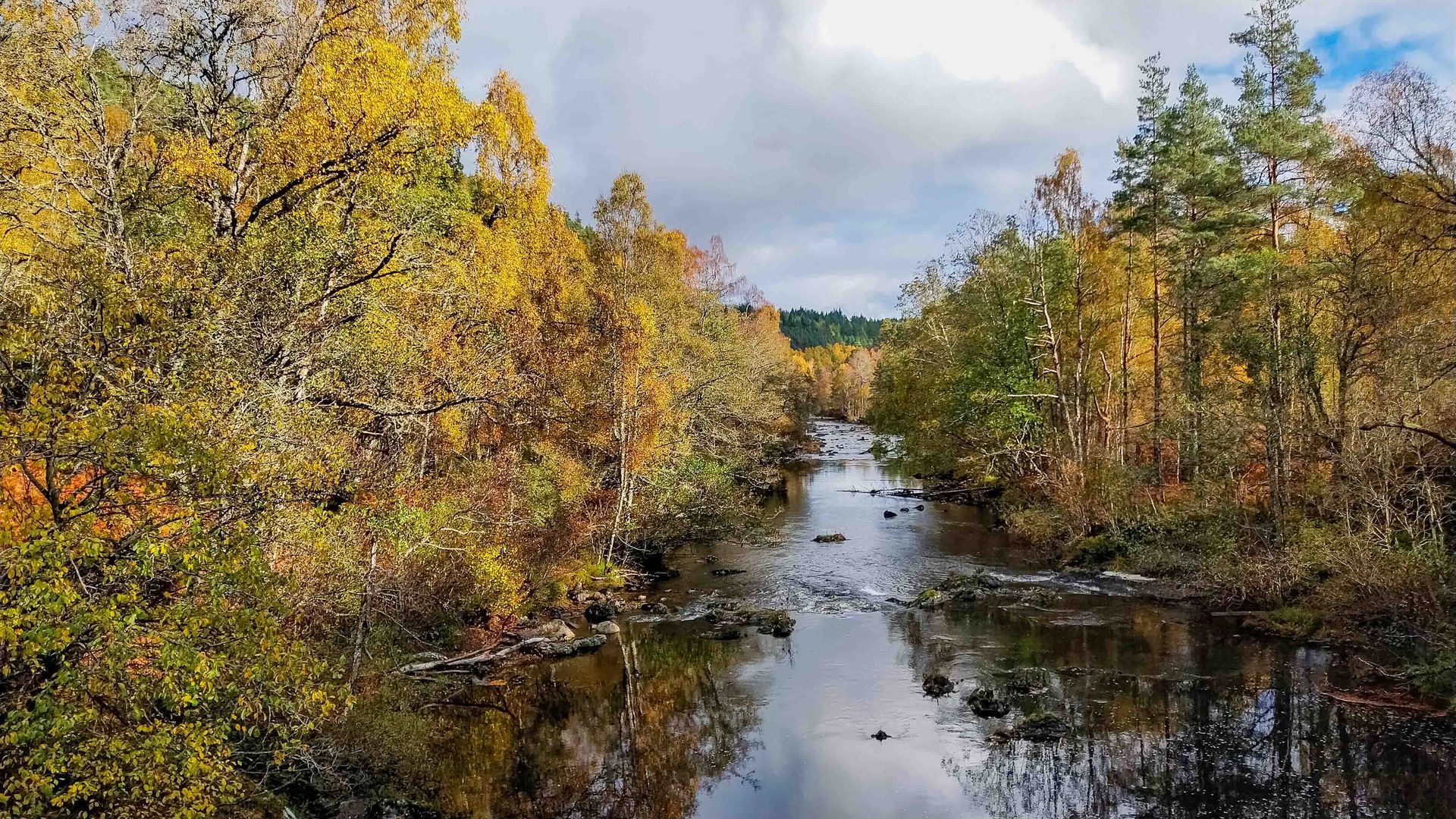Discovering Butterflies Of Sussex - Part 1
It didn’t take long for me to realise what a challenge it would be. For a novice, when you’re out in the field, it’s never quite as easy to identify what you’re seeing. The Large and Small White are a classic example. When they’re flying about, I really struggled to tell the difference in size. It doesn’t help that you get small Large Whites and large Small Whites. What a nightmare! At least, when they’re at rest, I had a better chance. I’d compare the dark corners of the forewings on the upperside and remembered that it’s more grey and longer on the horizontal edge for the Small Whites and much more black and longer on the vertical edge for the Large Whites.
Don’t get me started on the Blues! It’s a minefield! The males with their wings open I could just about manage (Common Blue and Adonis Blue below), but with wings closed and only the underside in view – confusion ensued! There was also the added challenge of distinguishing between the sexes. It was certainly easier when the males and females were together to appreciate the colour differentiation on the underwing. Then, there was the small problem of telling the difference between all the female blues, which are in fact brown, fairly similar and much like the Brown Argus. More often than not, I’d take my photos and worry about ID’ing them later. The internet was an invaluable source of information (Don't Get The Blues From The Blues - Butterfly Conservation and Species Similarities - UK Butterflies). It’s great having something I can go back to, to remind myself of the subtle differences between sexes and species. Even now! I can’t claim I’ve cracked it, but gradually I’m learning!
Despite the challenges, I’ve had some wonderful moments photographing some of the blue butterflies. I’ll never forget the first time I saw the communal roosting of Common Blues – I didn’t even know that was a thing. I even found three on the same blade of grass. The soft evening light was gorgeous. As for the Adonis Blues, the males take my breath away every time I see the flash of their gorgeous brilliant blue wings. Seeing a number of them flying together is pretty special.
This journey hasn’t been just about seeing new species of butterfly and learning to identify them. It’s been fabulous being able to witness different behaviour, like territorial skirmishes on the wing between males, a female rejecting the male’s advances, chancing upon mating pairs, females egg laying and even luckier still, finding eggs. I’ve managed this with the Duke of Burgundy butterfly, another small beauty. I was thrilled when I saw a female egg laying multiple times, perching on the edge of the Primrose leaf and tucking her abdomen underneath to deposit an egg or two. I got down really low in the grass to photograph the moment. One thing I’ve learned is to always tuck in my trouser legs and top. The first time I photographed a Duke, I came home with two ticks on me. Yuk! I don’t wish to repeat that experience.
By the end of the year, I’d discovered and photographed 20 more different species of butterfly (though I didn’t realise it at the time – I wasn’t counting). It dawned on me that there weren’t many more new species in Sussex left for me to see. Just seven. But, all of them fairly scarce in the county. I started to wonder if I might be able to see the remaining ones in 2022. What an achievement that would be! I hadn’t set out with the intention to see all the species in the county, but the prospect of it was exciting. I couldn’t wait for the new year to arrive and to continue my butterfly journey.
Ringlet



